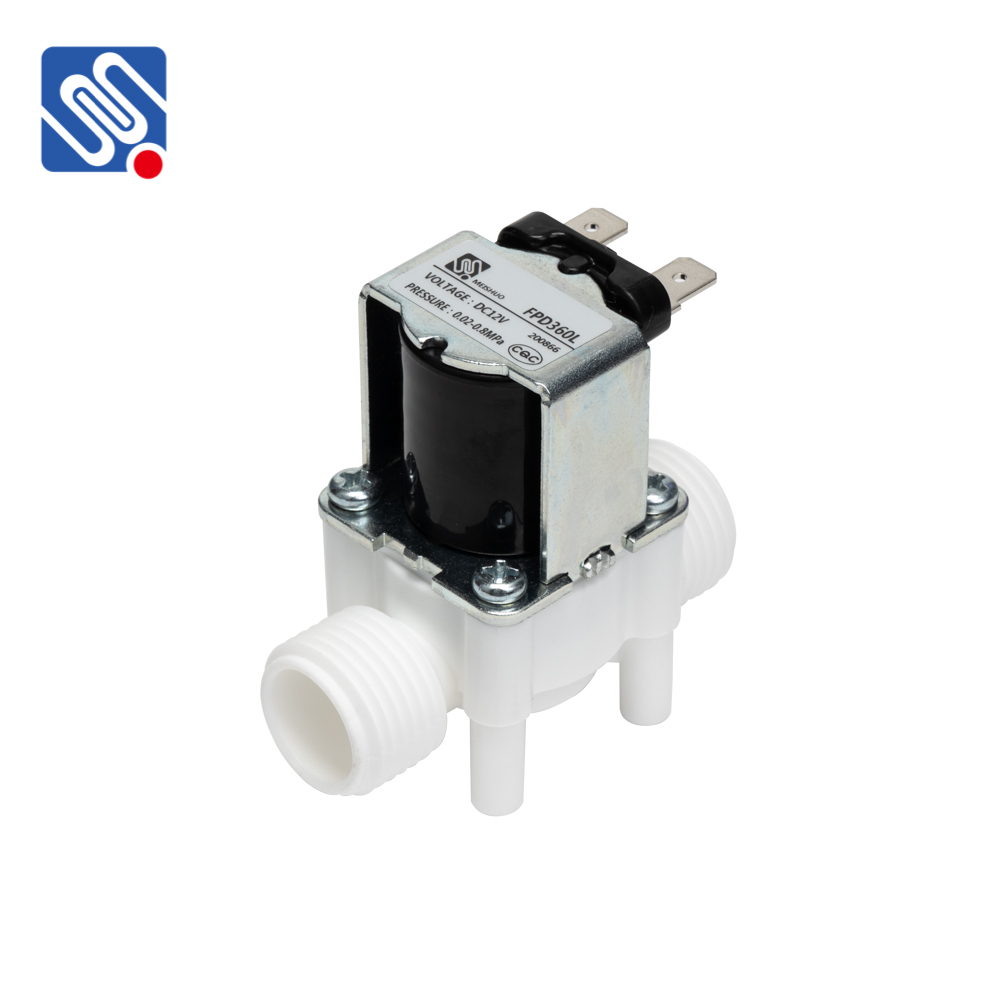An AC Solenoid Valve is a type of electrically controlled valve used to regulate the flow of fluids such as air, water, or gas. The valve is powered by alternating current (AC) and is an essential component in various industrial and automated applications. Its versatility and quick response make it a popular choice in controlling fluid flow with precision. This article delves into the workings, features, applications, and benefits of the AC solenoid valve.

Understanding the Working Principle The operation of an AC Solenoid Valve revolves around electromagnetic principles. At the core of the valve is a solenoid coil, which, when supplied with alternating current, generates a magnetic field. This magnetic field actuates a plunger or valve stem that either opens or closes the valve. The valve’s state depends on the direction and intensity of the magnetic force, allowing it to regulate fluid flow efficiently. The AC power driving the solenoid coil alternates its direction periodically, causing the plunger to move accordingly. When the coil is energized, the magnetic field pulls the plunger toward the coil, opening the valve to allow fluid to pass. Conversely, when the power is turned off, the absence of the magnetic field causes the plunger to return to its default position, closing the valve and stopping fluid flow. This mechanism enables precise, remote control of fluid pathways in a wide range of systems.